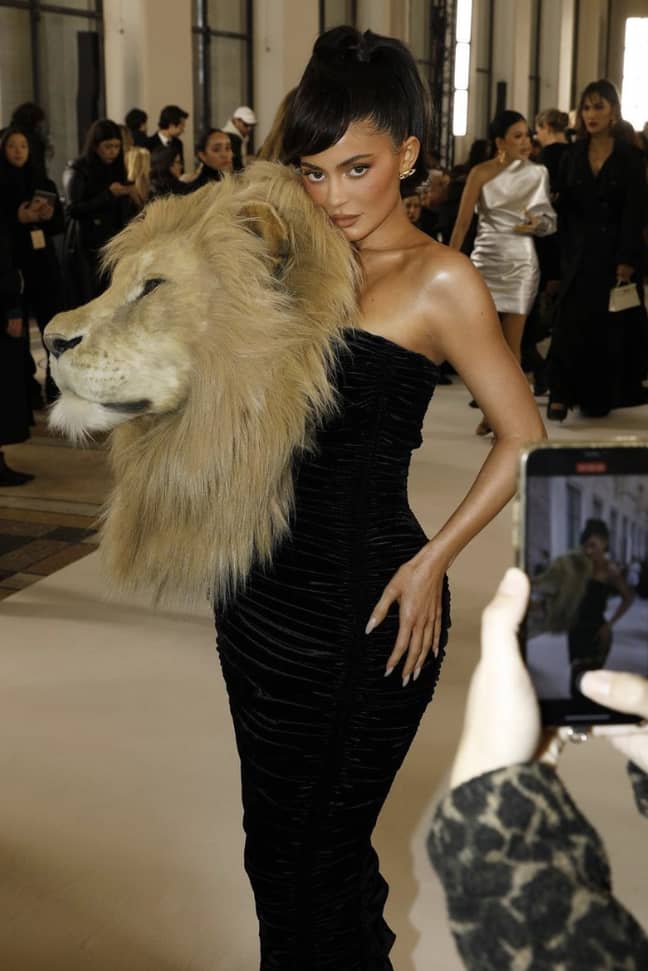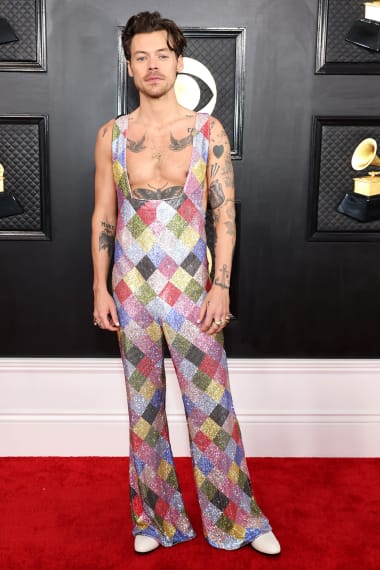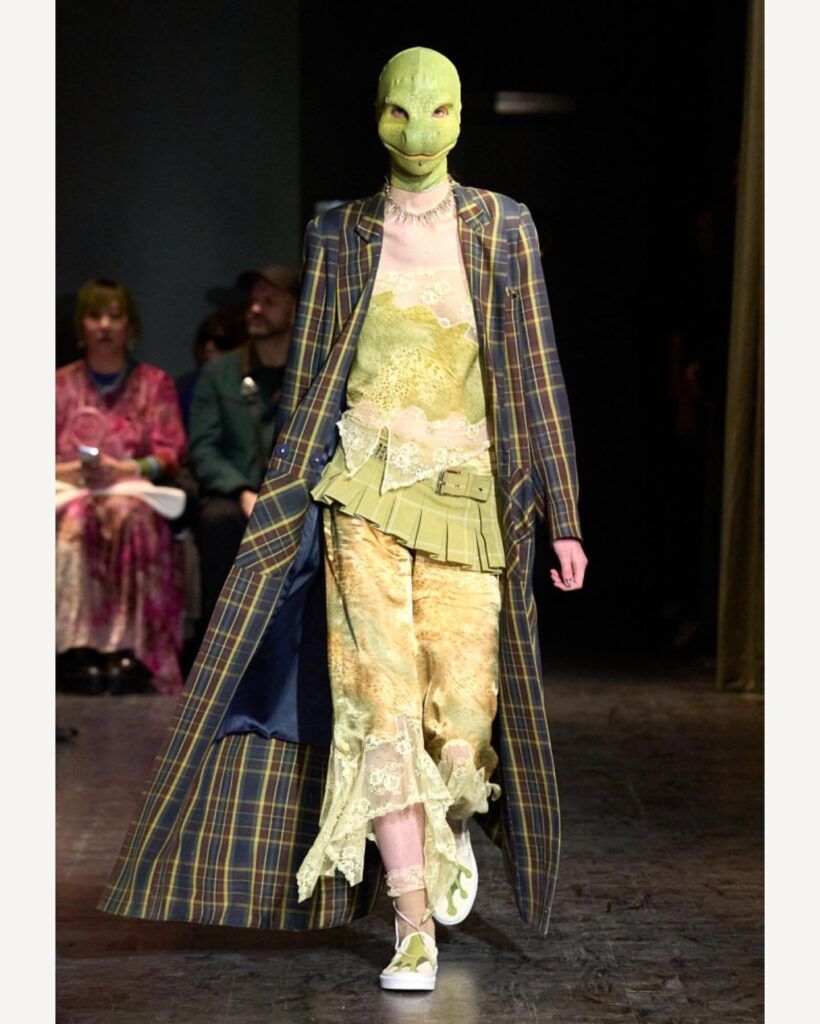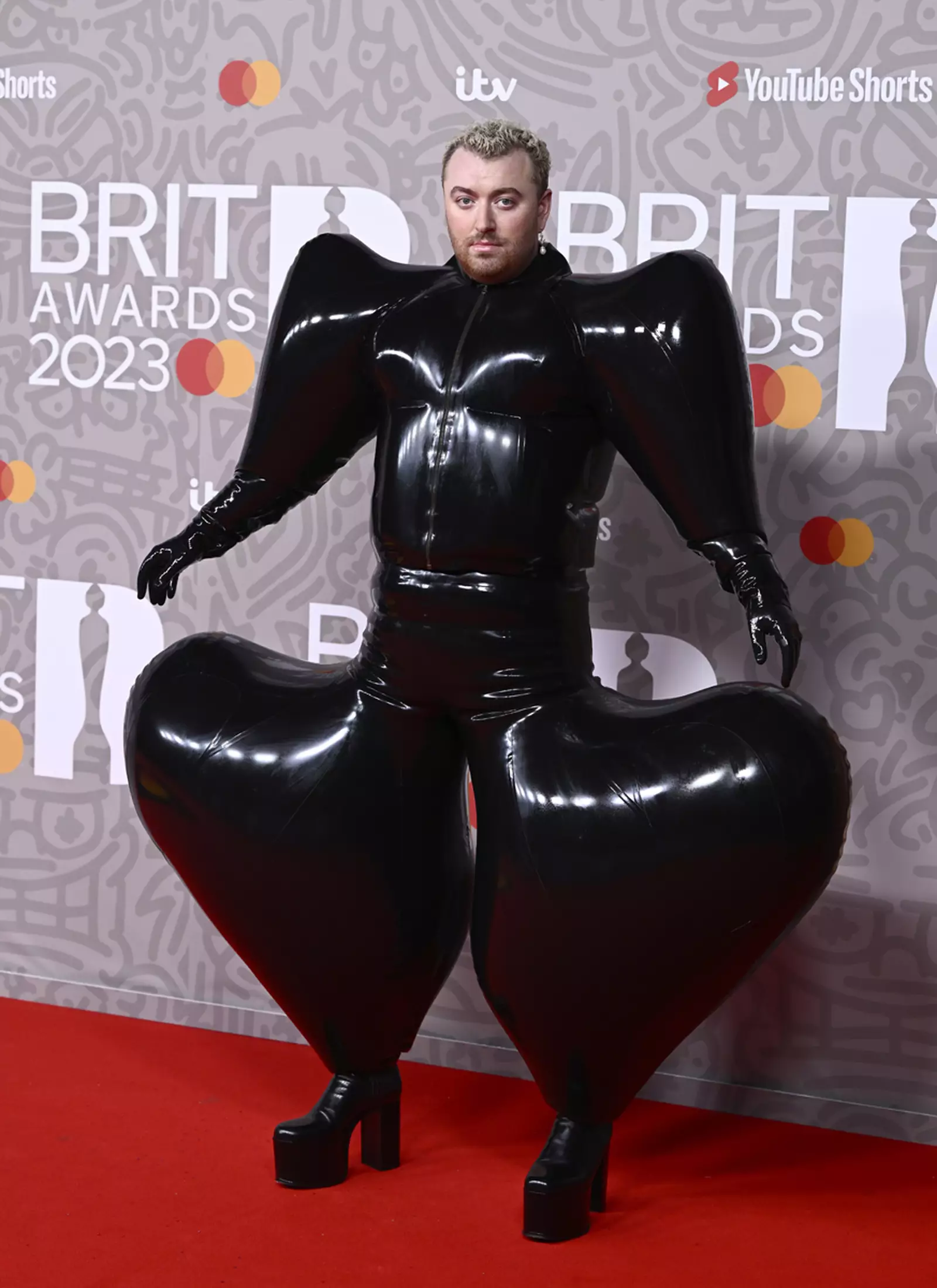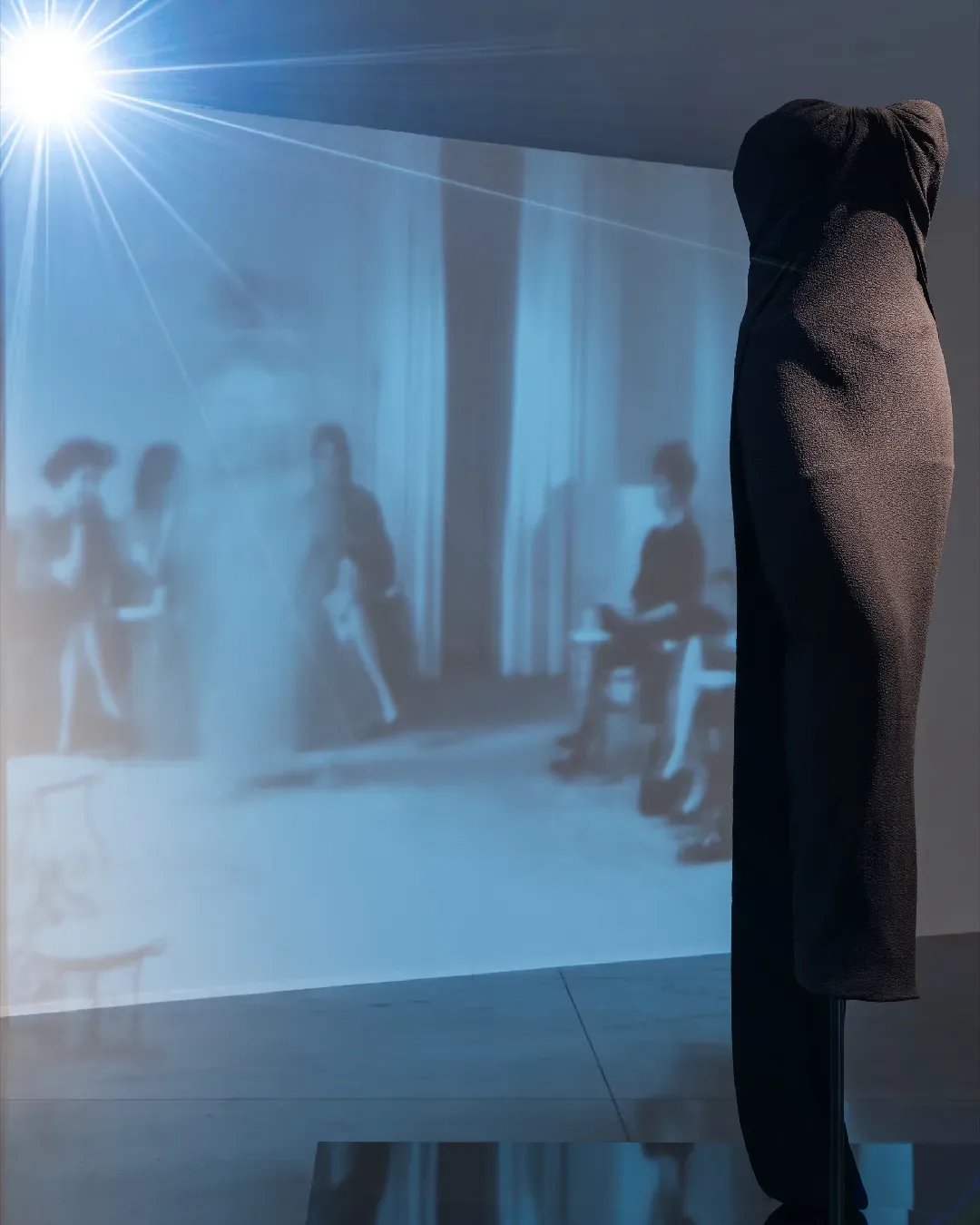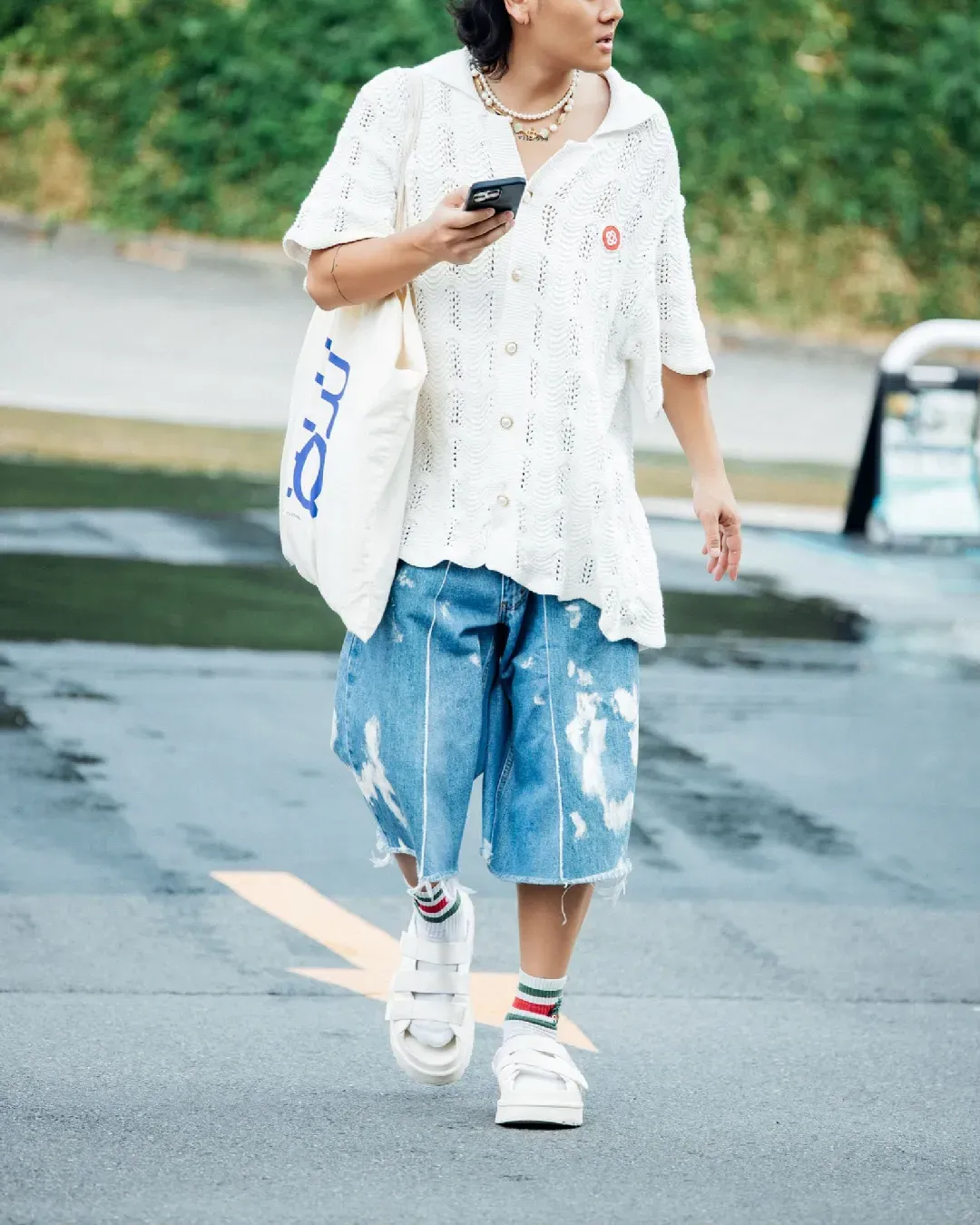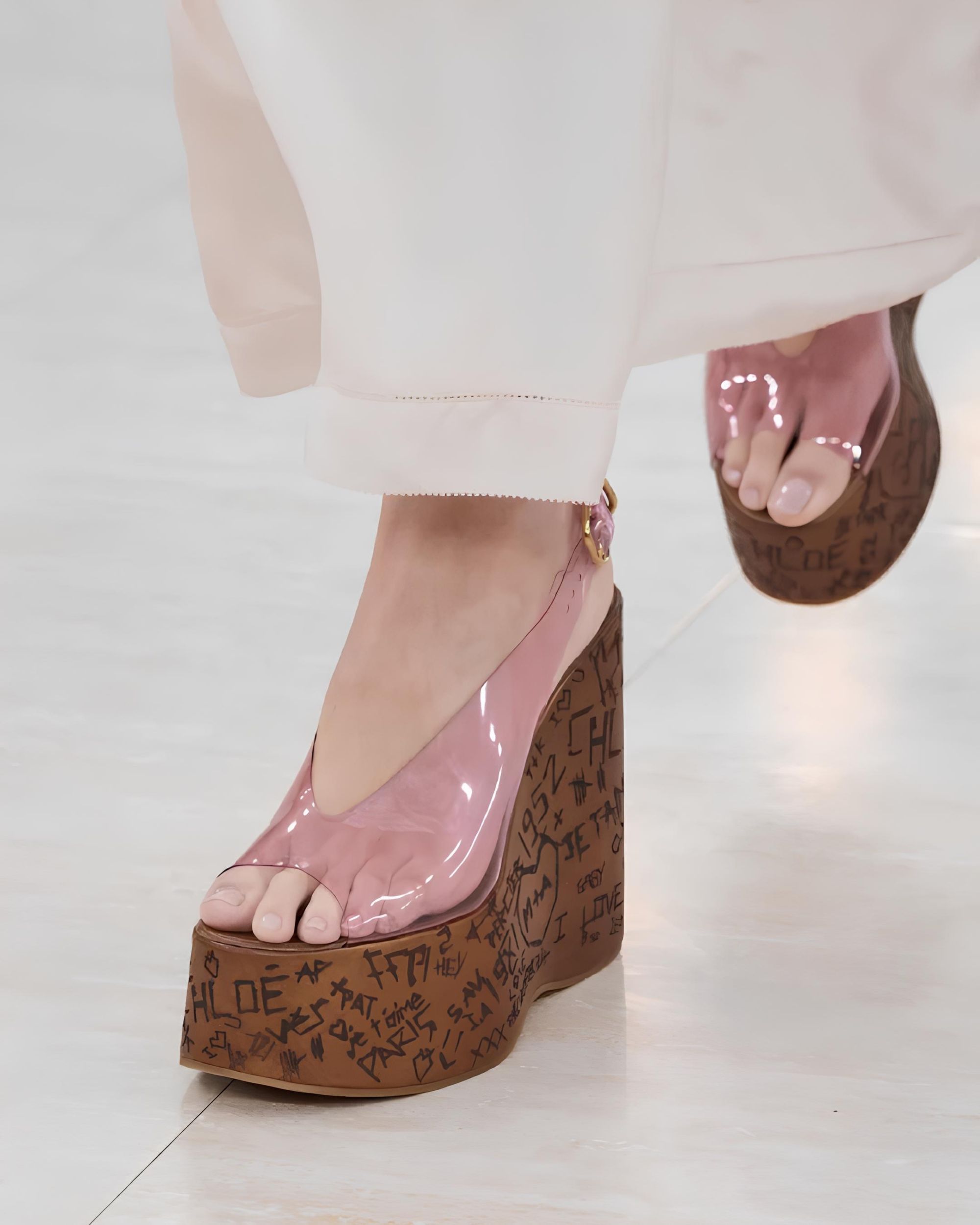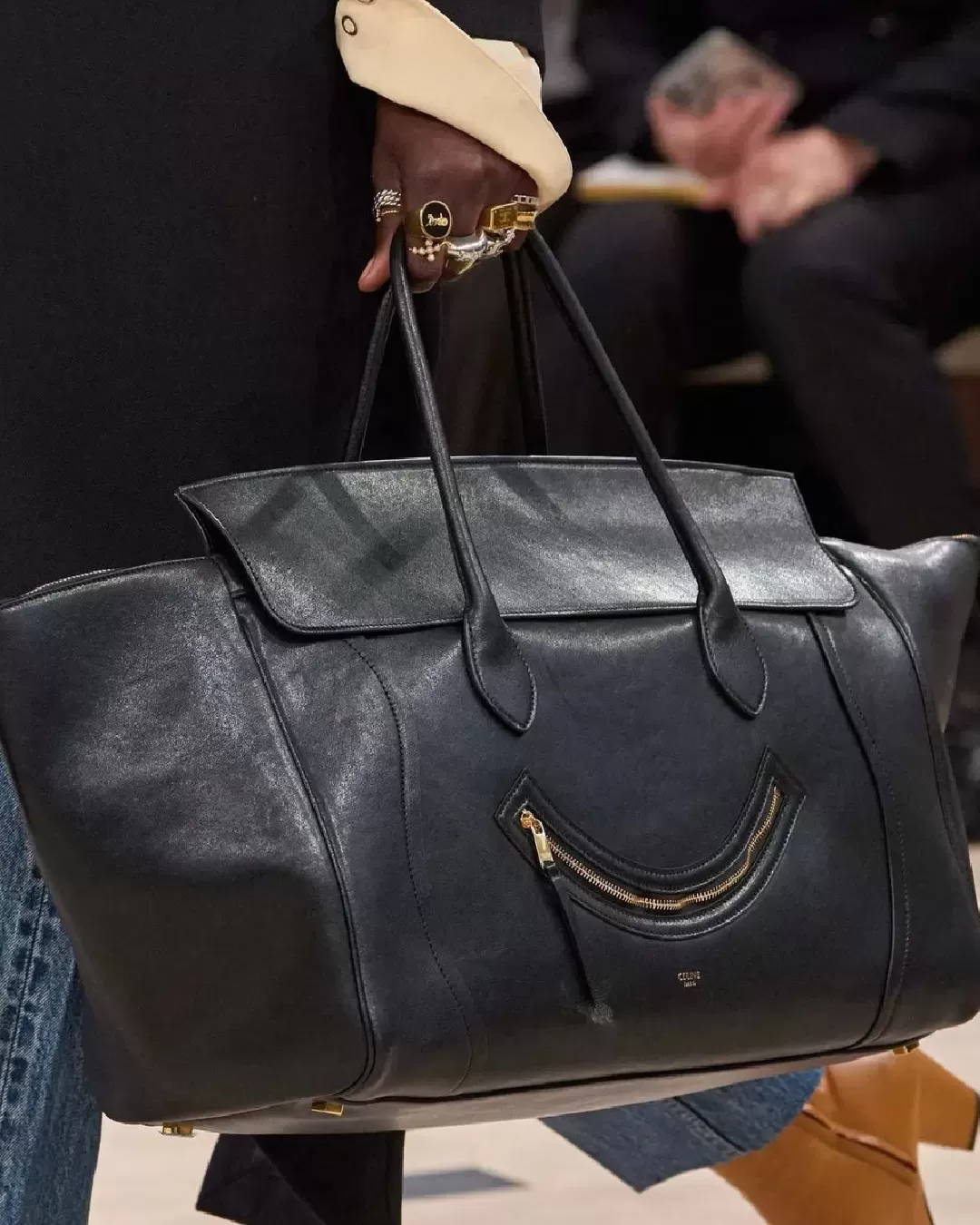
Pros and cons of a viral fashion And the risks of debate in times of wokeness
Coperni's spray-on dress, Schiaparelli's stuffed animals, Harry Styles' glitter clown costume at the Grammys or Sam Smith's balloon trousers at the Brith Awards, and even Sunnei's stage diving or Avavav's "decomposing" fashion show: this year fashion has reached a new milestone of virality through gimmicks, or gimmicks as Rachel Tashjian puts it, that are calibrated to cause a stir on social media. Whether it's dressing celebrities in over-the-top looks or producing memes, brands, both emerging and luxury, are constantly competing for the limelight among a plethora of brands that risk outdoing the buyers themselves. The choice falls on provocation, gags, questionable initiatives, or anything that can spark debate and ingratiate the algorithm. But in times of wokeness, the debate is not always a guarantee of success, as the case of Balenciaga after the Christmas gift campaign scandal proves. Even though the use of earned media metrics that assess the quantity - rather than the quality - of online discussion has become ubiquitous in the fashion industry, the age-old question returns cyclically: is bad publicity still publicity?
«Brands are caught up in the race to create the next big viral moment, it's become their way of marketing» communications consultant Youssef Marquis, who used to work for Louis Vuitton and Givenchy, told BOF. Following Pinault's recent comments about losses in the UK, the Middle East, and the United States, not only has the Kering group decided to hire a 'brand safety' manager, but Balenciaga's upcoming fashion show in the French capital promises a sober return to Cristobal's origins and heritage. No more rubbish bags, no more BDSM dolls, no more viral moments like Kim Kardashian veiled at the Met Gala. The same goes for Gucci, which caused a stir under the creative direction of Alessandro Michele by dressing identical twins in extravagant outfits or bringing dragons and severed heads to the catwalk. Now, for its second show without the Roman designer, the brand has eschewed the acrobatics for a modern interpretation of the archive and a quiet sensuality reminiscent of Tom Ford's glorious past, while waiting for De Sarno's installation to clarify the direction.
The Schiaparelli affair, which took place at Paris Fashion Week last January, is the ultimate proof that virality can be a double-edged sword. Kylie Jenner and Doja Cat - the former wearing a giant (fake) lion's head on a black mermaid dress, the latter covered head to toe in faux rubies and red paint - generated an estimated $45 million in awareness, according to consultancy Launchmetrics. But despite the buzz the event generated, putting giants like Chanel and Dior to shame, the response was anything but positive. Animal rights activists accused the event of glorifying big game with its colonial undertones, regardless of whether the stuffed animals were real or not.
Balenciaga and Gucci are not the only brands re-evaluating their approach. The fear of being canceled is driving more and more big brands to channel their resources towards more stable and controlled visibility by signing deals with mainstream stars who can be expected to deliver a 'safe' image return, putting aside social scandals and unintentionally leaving room for emerging brands. But for smaller companies that do not have the resources of the big corporations, foregoing virality means foregoing an indispensable survival tool. Granted, Coperni was accused of machismo and emphasizing a patriarchal narrative after recreating the skit with two men spraying Bella Hadid with a dress in the middle of the room, but the media response to the event was an invaluable marketing move for brand visibility. As Marquis rightly noted, «There are so many brands that the little ones can not resist the lure of a viral moment. But that can be a fatal lure, because then how can you live up to it?».










































